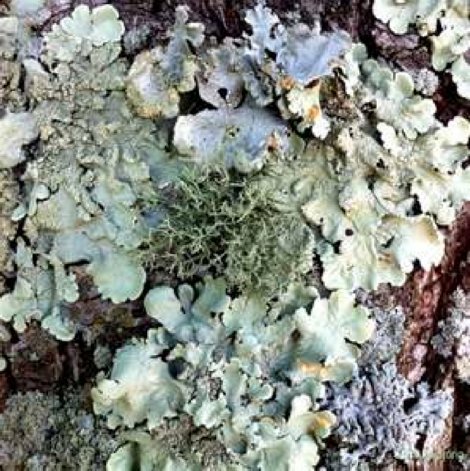Insects: Musings on the Monarch, It’s Migration, and Butterfly Metamorphosis
Insects are amazing! The monarch butterfly, Danaus plexippus L., is featured in this article; however, there are thousands of other species with intriguing lifestyles. The European honey bee, Apis Mellifera L., for example lives in colonies with up to 60,000 nest mates— nearly all are sisters of one mother (the queen). After a young bee completes her duties as a “nurse” bee in caring for the immature “brood,” she takes flight in search of nectar-rich flowers as far as three miles from the hive. Upon her return, the location (flight path) and richness of her find is “communicated” to other foraging bees by way of a unique dance on the surface of the honeycomb.



